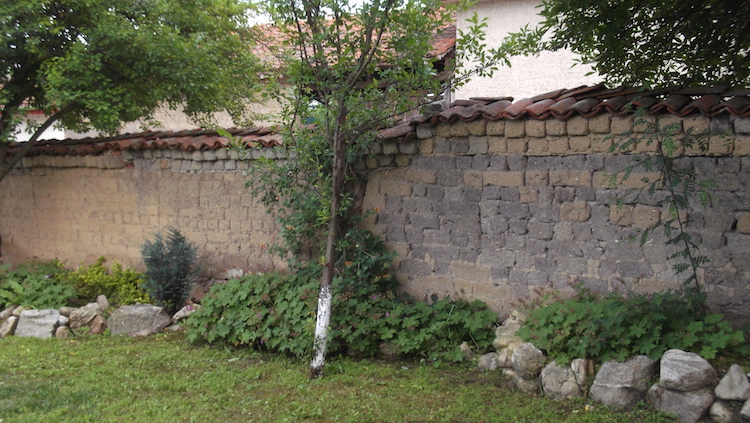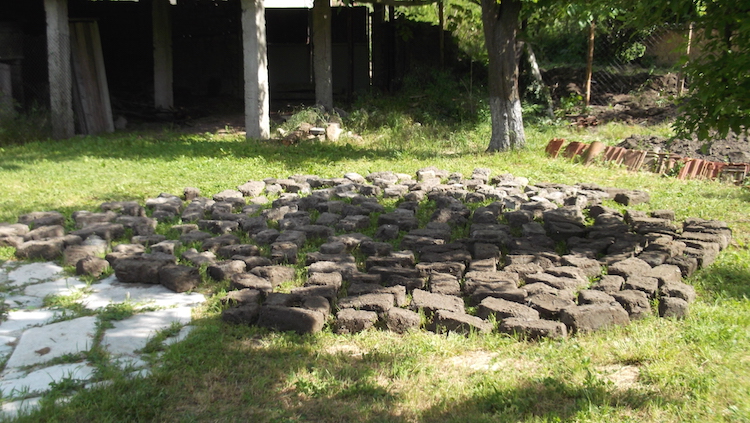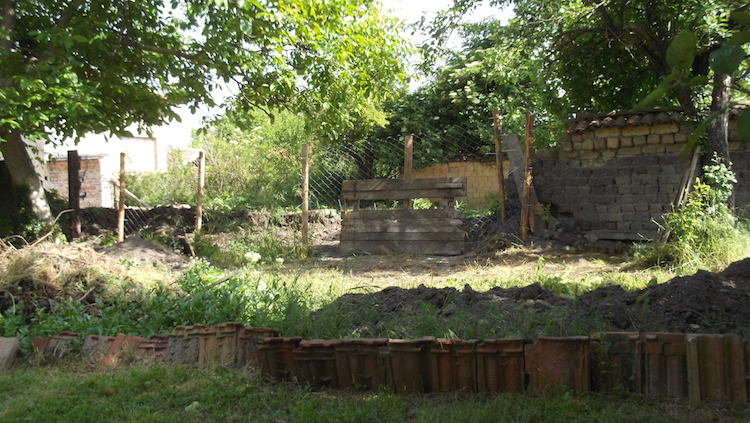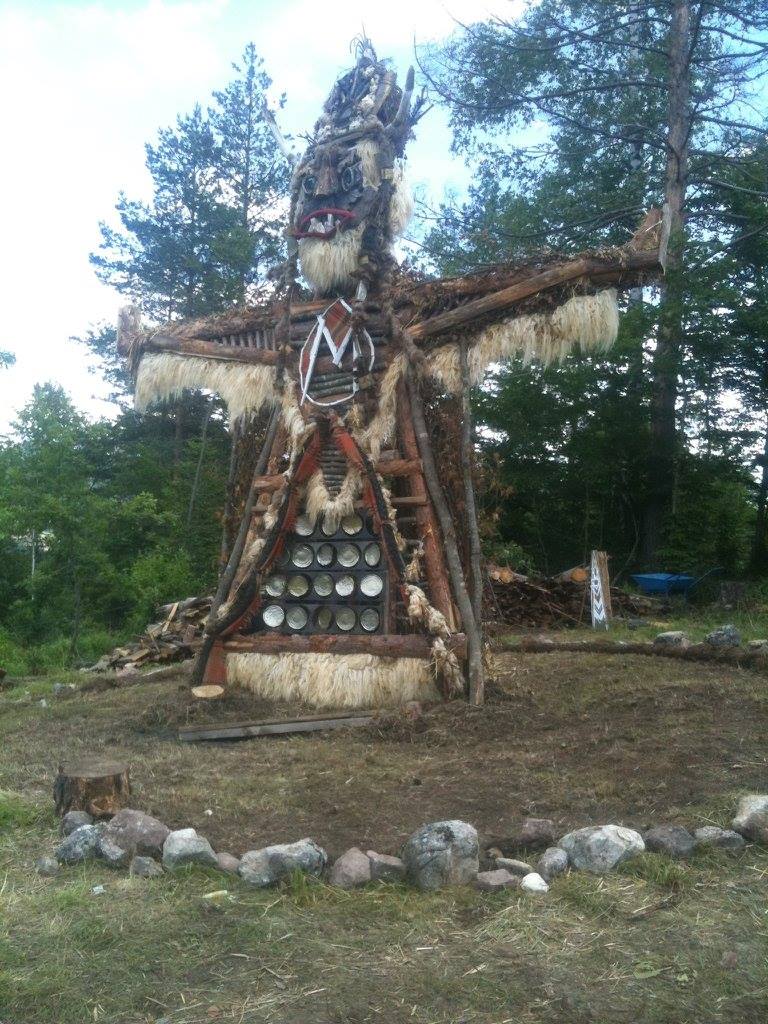
Driving around Bulgaria, you will see many boundary walls and older houses made of mud brick. The mud bricks provide great insulation against the cold in winter and also retain the warmth when the room is heated and in the summer they keep the building cool.
However, as soon as the bricks are exposed to the weather, they start to crumble.
In the floods last year, a large puddle formed on one of the roads at the rear of one of our houses and this led to the mud brick wall collapsing. We have spent the last week or so, slowly digging through the pile of mud and tiles, rescuing as many bricks as we can and laying them out in the sun to dry.
These will then be kept dry under cover and used as and when required to repair other mud brick walls around our house.

The locals think we are mad and we have had a number of gypsies stop and see if we want the mud taking away as “bokluk “ or rubbish.
The rest of the soil and mud and broken tiles has been moved into piles and will eventually go to form our rockery.

collapsed in the floods last year
This ancient method of mud brick building goes back centuries to when the area was under the Byzantine and Ottoman rule and buildings were made out of wood and earth.
These traditions persisted in many parts of Bulgaria and can still be seen today. A frame would be made from wood and then the spaces in-between the beams and wooden lattices filled with a clay and straw mix, either smeared on or made into mud bricks and plastered.
These structures were weather-proof and could withstand the request earthquakes. Many such traditional buildings can still be seen in Plovdiv and Koprivshtitsa. And because the materials are fairly lightweight, the buildings often have very elaborate balconies, overhangs and decorative windows.
It is a common site in Bulgaria to see Adobe houses, where the main load bearing walls are made from mud bricks (a mixture of clay, soil, sand and straw). Outside the walls are plastered with some form of mortar to protect the bricks from the elements.
A number of old houses have been restored using traditional mud brick building techniques, some as part of cultural projects, others as holiday villas for rural tourism.
Cob (straw and mud) building has become popular in Bulgaria and a number of projects have been undertaken to build low cost housing and small holiday complexes.

